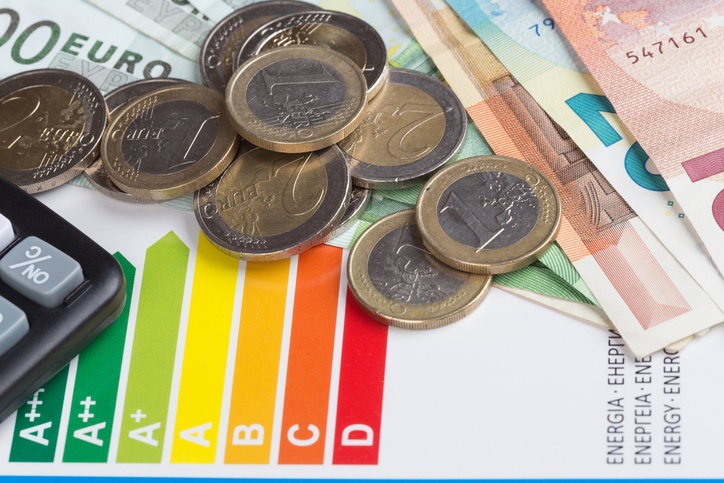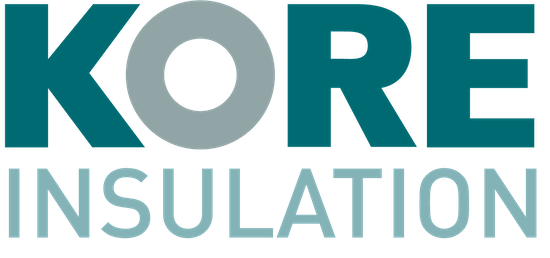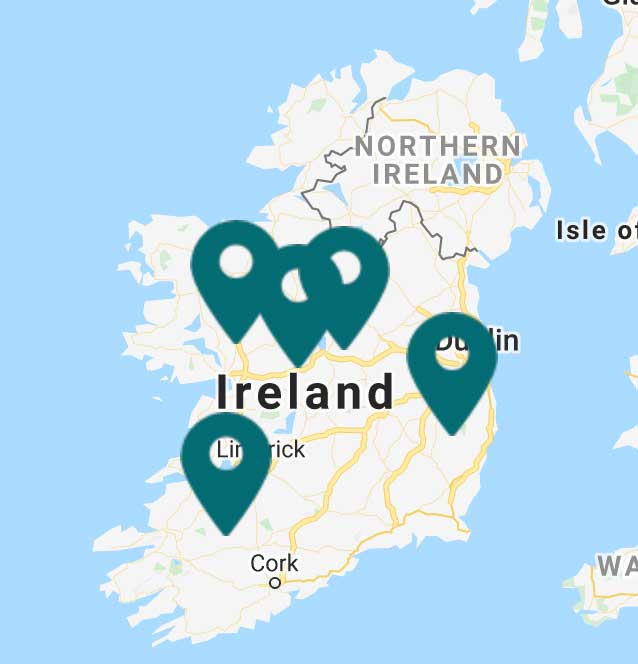No More Confusion: Energy Labels in the European Union to Get a Makeover

Did you find the A+++, A++ and A+ energy efficiency rating labels on appliances a tad confusing? You’re not alone. Introduced in 2010, these ratings were added to energy efficiency labels found on appliances throughout the EU. While the ratings were designed to be used on appliances that offered higher energy efficiency than ‘A-rated” appliances, it mainly caused confusion for consumers looking to reduce energy usage at home.
New labels will move back to the old design
European Parliament voted Tuesday, 13th June on a compromise deal with national governments to reduce confusion on energy efficiency labels by a vote of 535 in favour, 46 against and 79 abstentions. The outcome will mean simplified energy efficiency labels that revert back to the A to G scale we were familiar with before the change in 2010.
While the A+++, A++ and A+ ratings were created to allow manufacturers to develop products with a higher energy efficiency that goes further than an A rated appliance, in practice it actually made the A grade accessible to more products with lower standards. Finnish Green MEP Satu Hassi predicted this would make the step from A+ to A++ not much of an improvement compared to the step from B to A. His prediction was correct.
Hassi went on to say the scale “devalues the difference between the better energy efficiency performers – equivalent to replacing Olympic gold, silver and bronze medals with gold+, gold++ and gold+++”.
While the higher scale was designed to give manufacturers an incentive to design higher efficiency products, it brought confusion to the marketplace, making it harder for consumers to compare products based on energy performance. The commission expects that the new layout will make it easier for consumers to understand, make informed decisions about the products they purchase and the amount of energy it consumes.
New regulations included
While it will take a bit of time before we start seeing these new labels on products and in stores, and unlikely before the end of 2019, new regulations will help the labels keep up with innovation in energy efficiency.
As it seems like every other month a newer, more energy efficient product is brought to market, re-classification will take place when 30 percent of products sold within the EU reach an energy grade of ‘A’. Re-classification will also occur when 50 percent of total products meet an energy grade of ‘A’ or ‘B’. When re-classifications occur, some products may eventually be downgraded to a lower energy grade, strictly based on performance when compared to other products in the same classification.
The new rules will be introduced as EU regulation rather than a directive, meaning they won’t need to be translated into national laws for every member state before they become effective.
Making energy efficiency performance transparent and readily available
The new regulations will also tackle transparency and ensure data is readily available to consumers. Energy labels will be required to be printed, and included in a searchable online database. This newly created product database will help to monitor compliance, while a designated portal will give access to consumers where additional product information can be obtained.
Suppliers will be required to notify customers when updates occur that may affect the energy efficiency rating of the product, while advertisements or technical documents will need to refer to the given energy grade and scale. According to the recent press release, we should expect a campaign geared towards informing the public about these changes in the near future.
What do you think about the changes to product energy efficiency labels in the EU? Do you like the idea of going back to an A to G rating? Be sure to share your thoughts in the comments section below.

